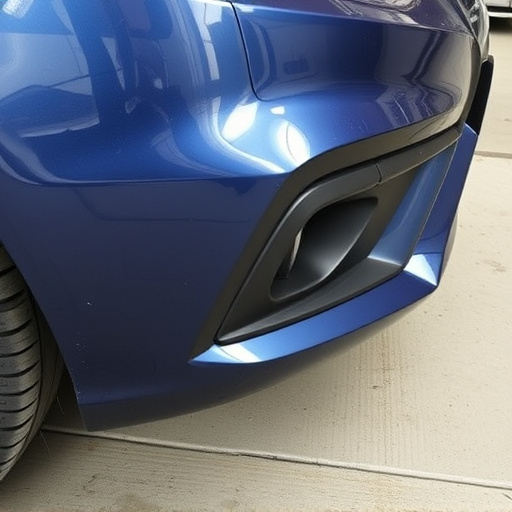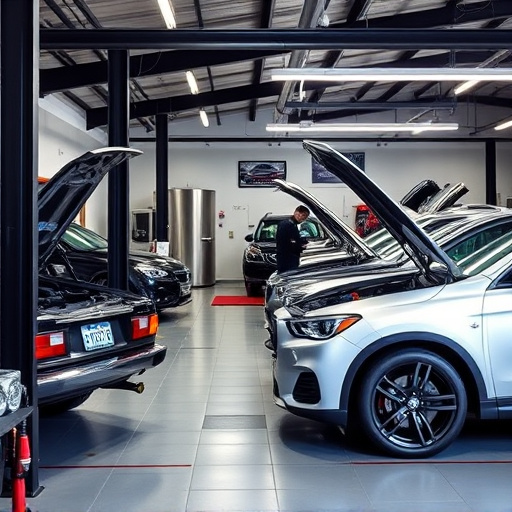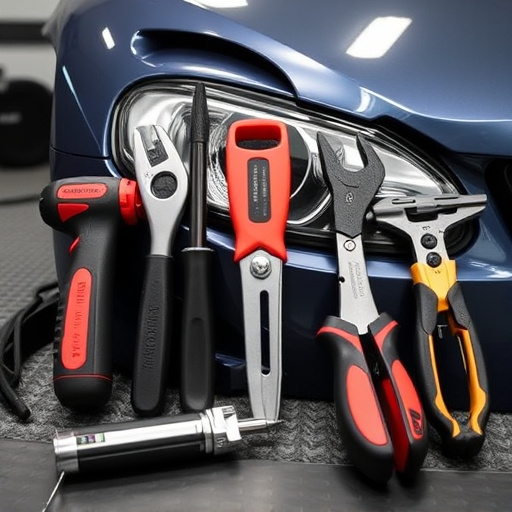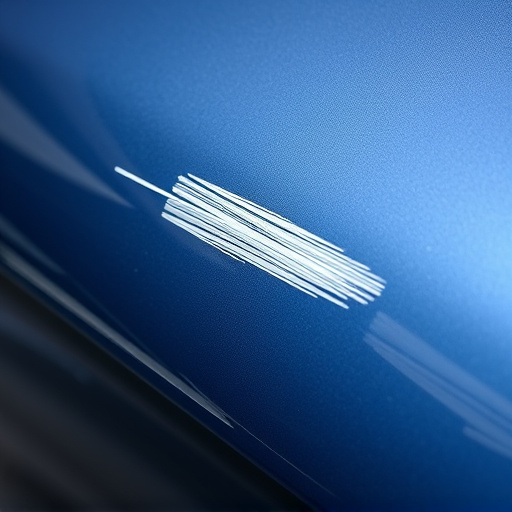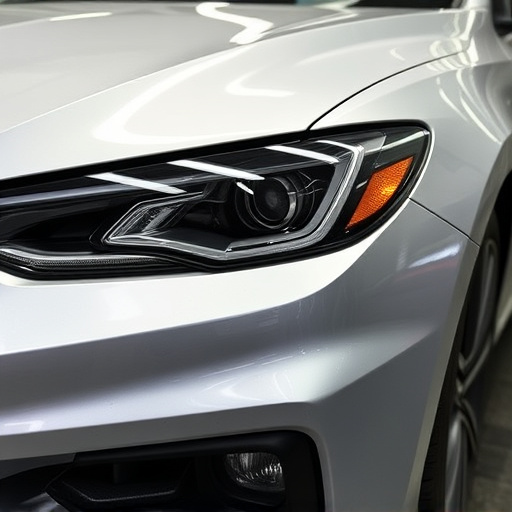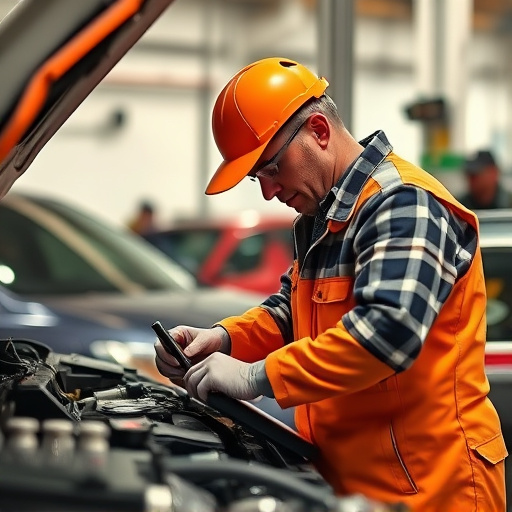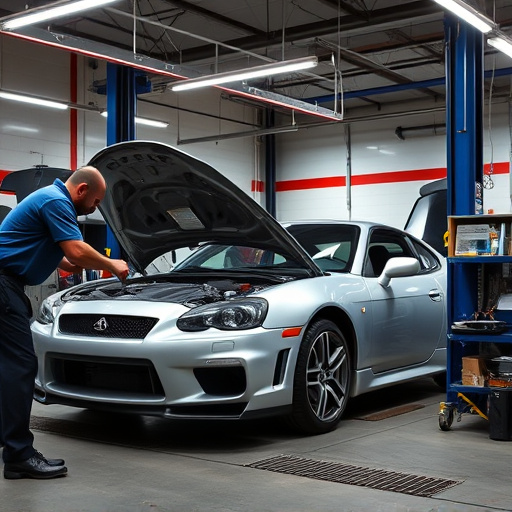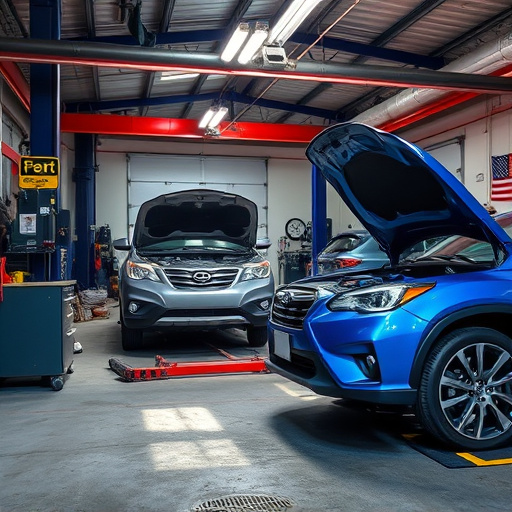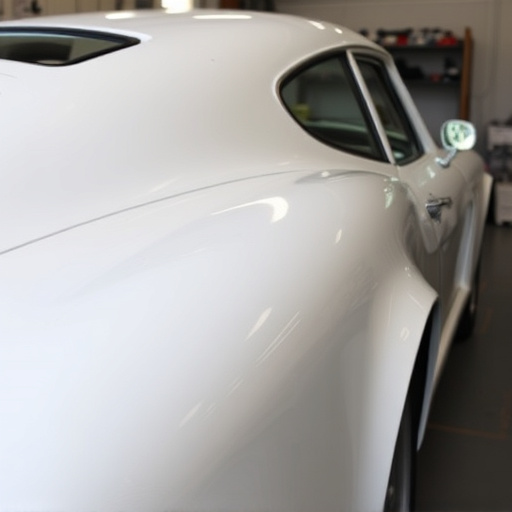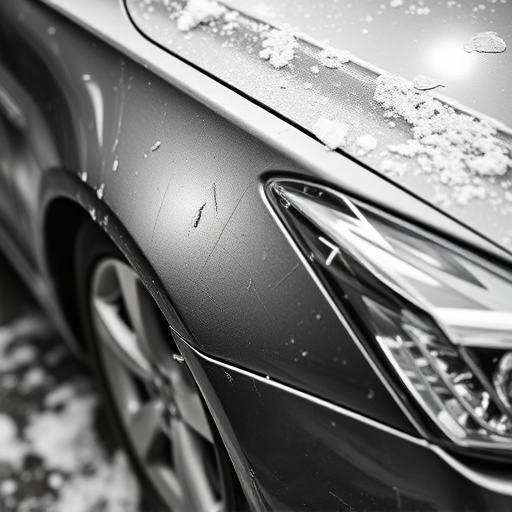Blending panels is a crucial skill in collision auto body work, enabling technicians to realign and reshape metal panels seamlessly. Debunking myths, hobbyists can also learn this technique with proper training, technology, and materials. It's vital for structural integrity and aesthetic appeal, requiring precise tools, patience, and best practices like surface preparation and high-quality fillers. Successful blending saves time and reduces retouches in modern collision centers.
In the realm of auto repair, understanding blending panels is crucial for achieving seamless collision restoration. This article separates myth from fact, providing a comprehensive guide on blending panels. We’ll first demystify the basics and common misconceptions about collision repair practices. Subsequently, we’ll explore the advantages and best practices to ensure expert-level results. By embracing evidence-based approaches, technicians can master blending panels, revolutionizing the process and enhancing overall vehicle aesthetics.
- Understanding Blending Panels: The Basics Unveiled
- Debunking Common Myths About Collision Repair
- Benefits and Best Practices in Blending Panels
Understanding Blending Panels: The Basics Unveiled
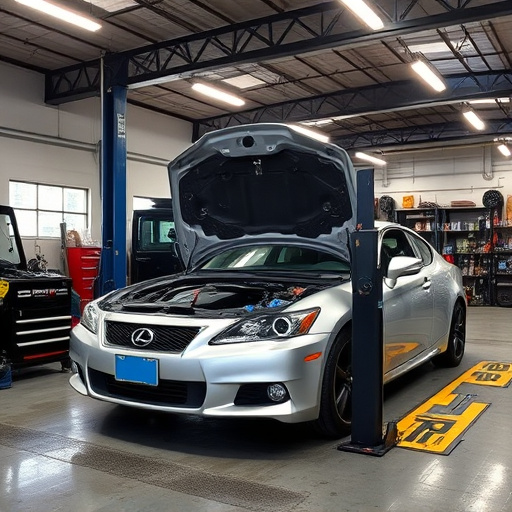
Blending panels, a crucial aspect of collision auto body work, is an art that involves seamlessly joining metal pieces to restore a vehicle’s exterior to its pre-accident condition. It’s not merely about hiding scratches or dents; it’s about precision and expertise. Skilled technicians use specialized tools and techniques to realign and reshape damaged panels, ensuring they fit perfectly with the surrounding body of the car.
This process is integral to achieving flawless auto body repairs, maintaining the vehicle’s structural integrity, and preserving its overall aesthetics. Whether dealing with minor dents or major crashes, understanding the fundamentals of blending panels collision repair is essential for both professionals in the automotive body work field and consumers looking into car repair services. It ensures that the final result not only looks good but also functions as effectively as the original manufacturing quality.
Debunking Common Myths About Collision Repair
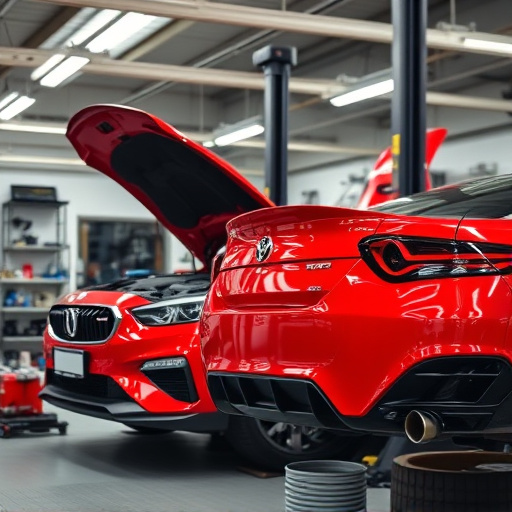
Collision repair is a complex process that often leads to many misconceptions. One common myth surrounding auto body work is that blending panels is a difficult and time-consuming task, leaving many to believe it’s best left to professionals. However, this isn’t entirely true. With the right techniques and training, hobbyists can effectively blend their own vehicle bodywork, especially after a minor incident like a fender bender.
Many also assume that achieving a seamless finish is nearly impossible without extensive experience. Yet, with modern technology and advanced tools, even scratch repair can be accomplished by dedicated amateurs. The key lies in understanding the process, using high-quality materials, and adopting meticulous techniques. Debunking these myths empowers vehicle owners to take charge of their repairs, potentially saving costs and ensuring their vehicle bodywork is restored to its pre-accident condition.
Benefits and Best Practices in Blending Panels
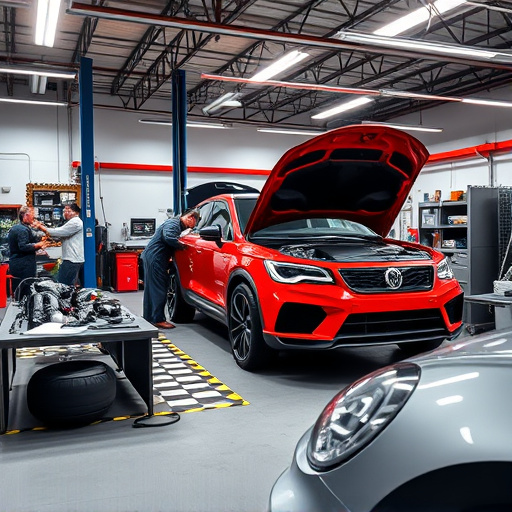
Blending panels is a crucial skill in auto collision repair, offering numerous benefits for both technicians and customers. When executed properly, this process ensures seamless fusion of repaired metal surfaces, restoring the vehicle’s structural integrity and aesthetic appeal. The key to successful blending lies in using the right tools and techniques, as well as practicing patience and precision.
Best practices involve preparing the surface thoroughly before applying blend, ensuring a clean and dry area free from contaminants. Using high-quality body fillers and primers designed for blending enhances adhesion and final results. For complex repairs, such as those in a Mercedes Benz collision center or car dent repair shop, practicing on scrap metal first can help technicians hone their skills. Remember, proper blending not only saves time but also minimizes the need for costly retouches, making it an indispensable technique in modern auto collision centers.
In navigating the complex world of auto repair, especially after collisions, understanding blending panels is paramount. By dispelling common myths and embracing best practices, professionals can leverage the benefits of blending panels to achieve superior results in collision repairs. Embracing these techniques ensures not just visual perfection but also structural integrity for safer, more reliable vehicles on the road.


